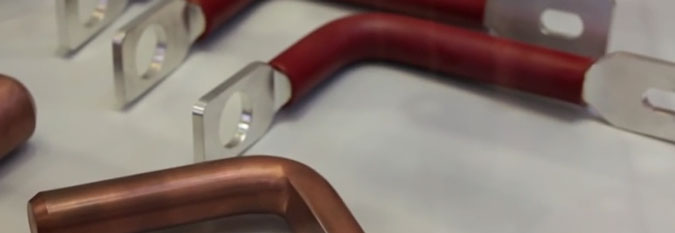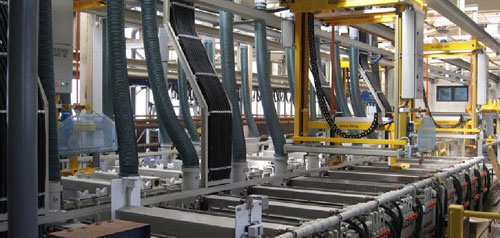There are a few reason for plating or coating busbars. Cosmetic reasons or provision of insulation are a couple but the most common reason for coating busbars is to inhibit corrosion.
Busbars are commonly made from copper, which in itself is quite resistant to corrosion but busbars are often used in environments where higher levels of protection are needed. Over time, copper oxidises and can impact the surfaces conductive properties. So plating or coating busbars, not only reduces corrosion but also improves the longevity and conductive properties of the item.







Recent Comments